By Mike Sheahan, Board of Advisors for Transformance Advisors
Changeovers Are Everywhere
The six seconds, or so, Indy race cars spend in a pit stop can have a significant impact on where they finish. Races are often won, or lost, by fractions of a second. Reducing the time for a pit stop is also known as the concept called Changeover Reduction.
The time airplanes sit on the ground between discharging passengers and taking off, on their next flight, effects on-time performance and cost lots of money.
Restaurants strive to turn tables, as quickly as possible, to maximize the number of customers they can serve. They don’t make any money from an empty table.
The bottling line, for a food manufacturing company, needs to stop at the end of filling 12 ounce containers and getting ready to fill 16 ounce containers.
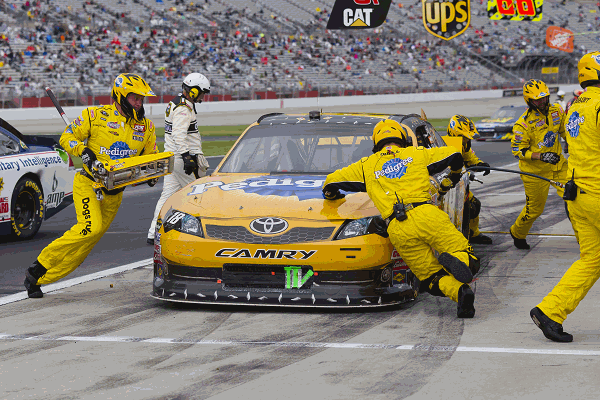
Changeover Time
Race cars, airplanes, restaurant tables, bottling lines, and endless other possibilities are all subject to the challenges of how much time it takes to changeover from thing to another.
We define changeover time as: “the period required to change from producing the last good product or service of one batch to producing the first good product or service of the next batch.”
Working to reduce changeover time requires a focus on value add activities – keeping race cars on the track, airplanes in the air, restaurant tables occupied, and bottling lines moving.
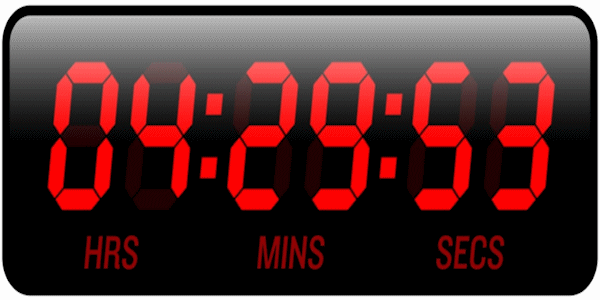
History Lesson
The systematic approach, or modern technique, for improving changeover time can be traced back to a dude called Shigeo Shingo. He was at a Mazda plant, in 1950, where he observed them struggle when a mounting bolt, needed to complete a changeover on a press, was missing. A mechanic went to another press, removed a long bolt, and then cut it to the required size.
We can all speculate what happened later, that day, when the mechanics needed to work on the press with a missing long bolt!
Much later, in 1969, Dr. Shingo was at Toyota helping them reduce the changeover time on big presses which used dies to stamp out automobile parts. For a first pass, they reduced the changeover time from 4 hours to 90 minutes. A second pass, got them down to 3 minutes. This reduction from 4 hours to 3 minutes is just about 99%.
Along the way, Shigeo Shingo picked up a nickname and is known as “Dr. Improvement” in the world of lean.
He also documented the systematic approach they used to reduce changeover time and named it “single minute exchange of dies” or SMED.
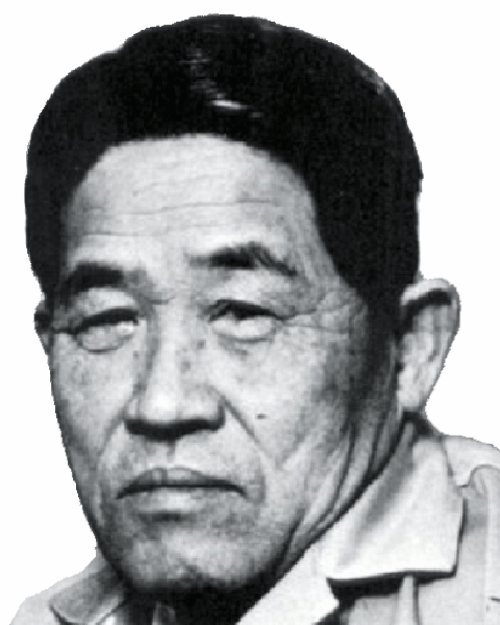
“There are four purposes of improvement: easier, better, faster, and cheaper. These four goals appear in the order of priority.”
– Shigeo Shingo
Six Steps
The SMED approach consists of 6 steps:
- Observe a Changeover
- Define Internal and External Elements
- Separate External Elements
- Shift Internal To External
- Improve Internal Elements
- Improve External Elements
Some lean folks will refer to changeover reduction as simply SMED. I find that name to be misleading, as very few changeovers involve the changing of dies on a press.
Before Shingo
While, Dr. Shingo is owed credit for defining the systematic approach to changeover reduction, he did not invent the need for faster changeovers. Think about some earlier champions:
- In 1852, the employees of Marshall Field, the first department store, had to switch over the entire store from summer items to fall items – just like stores do today
- In 1597, the stage crew for the opening of William Shakespeare’s new play, called Romeo and Juliet, had to change the scenes very quickly while the curtain was drawn – just like theaters do today
- In the first century, the chariot repair crew had to move from one race to another and quickly prepare for entertaining citizens of the Roman Empire – just like pit crews do today
1. Observe a Changeover
Step 1 is to observe an actual changeover and learn what is happening.
You can use a video camera to record everything and capture the actual time spent on each task.
A colleague of mine used a camera for one changeover. It started at 11:55 AM and the crew left for lunch after 5 minutes. They returned about 3:00 PM.
Another approach is to list each task and note the start, end, and duration times. This works well, but is not as fun as making a video.
You can also use post-it notes, just like you would when creating a value stream map.
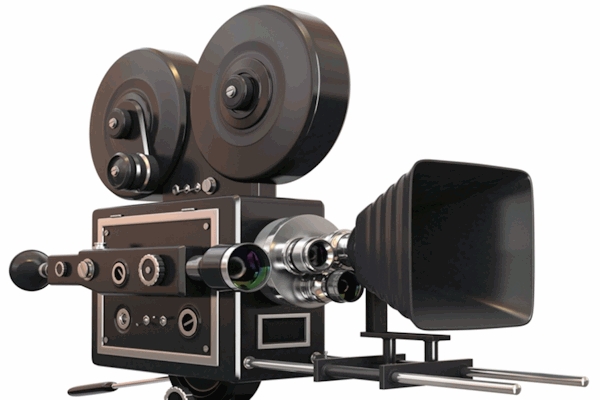
“To acquire knowledge, one must study; but to acquire wisdom, one must observe.”
– Marilyn vos Savant (Listed in Guinness Book of World Records under “Highest IQ”)
2. Define Internal and External Elements
Step 2 is to watch your video or analyze the notes from your observation.
Make a list of each task and identify each as either internal or external.
Internal elements are those tasks which can only be done while the resource is not running good parts or a providing a service. For example, you can only change the tires on a race car when it is off the track and in the pit.
External elements are those tasks which can be done while the resource is running good parts or providing a service. For example, you can gather all the food and beverage suppliers before the airplane lands and be ready to restock the cabin when the airplane is at the gate.
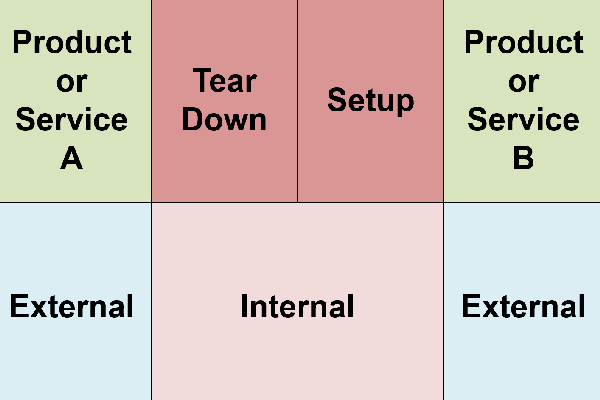
3. Separate External Elements
Step 3 is to analyze all of the tasks you have identified as external.
Your goal is to make sure you only do the external elements when they are not able to delay the value add activities of producing a product or performing a service.
A few examples:
- Lay out the instruments before you start a procedure in an operating room
- Clean the oven after the lunch hour rush
- Position all the food and other supplies before the cruise ship arrives at port
- Put away the tools after the machine is up and running
Just think about how foolish it would look if a pit crew mechanic went looking for a tool after the race car rolls in for a change of tires!

4. Shift Internal To External
Step 4 is to analyze the tasks which remain as internal – those done while you are not producing a product or performing a service.
These are tasks which need a change in thinking, or some sort of investment, in order to change the timing or location where they are performed.
A few examples:
- Pre-heating molds so they can reach operating temperature faster
- Move the appropriate paperwork to when the changeover is complete
- Make salads in advance and stage them for a quick start of the meal
- Test the first unit of production right at the machine and not back in some quality lab
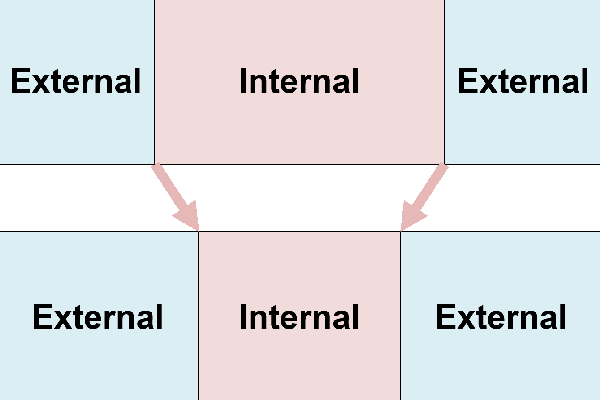
5. Improve Internal Elements
The 5th step is to improve the few tasks which still remain as internal elements.
These are task which must be done while you are not producing a product or performing a service. But, that does not mean you can’t find ways to do them faster.
A few improvement ideas:
- Get a specially designed cart to organize all tools and supplies
- Use quick release fasteners
- Minimize the number of tools and parts required
- Conduct activities in parallel – have one chef for the meat and another for the vegetables
One tough nut to crack, for internal tasks, is the time to make adjustments and get everything just right for the next item you need to make or service you need to perform. For these issues, you should look at the many ways to reduce or eliminate the need for adjustments. Standardize the dimensions of what you need to change and use fixtures which allow you to position things exactly where you need them.
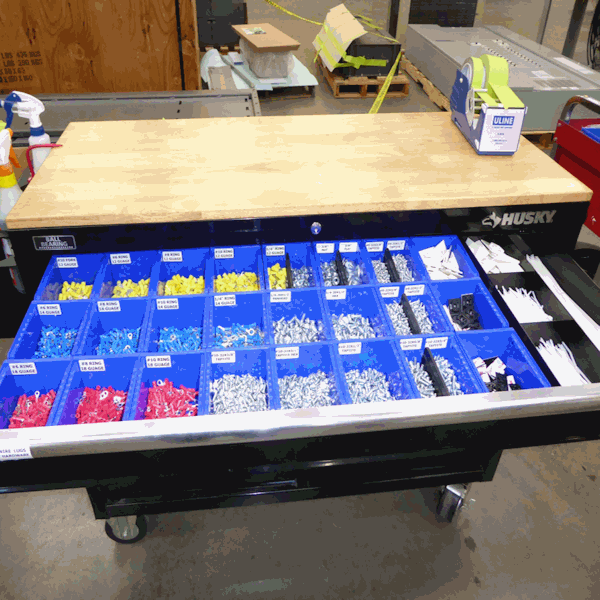
6. Improve External Elements
As the 6th and last step, you can improve the external elements.
While these tasks may not directly impact the changeover time, they will have now-value add activities. In addition, they could hamper your changeover times if you fall behind and the external preparation tasks do not get completed in a timely manner.
A few examples of things to do:
- Order replacement toner, or just about anything, using a kanban system
- Store high volume nuts and bolts, or other supplies, at the point of use
- Improve the labeling and storage of tools and supplies – use shadow boards
- Put everything on wheels and keep things rolling!
You can also find synergy between the changeovers for different products and services.
Upgrading every user of your ERP system should have many similarities to an upgrade of Windows or an email system.
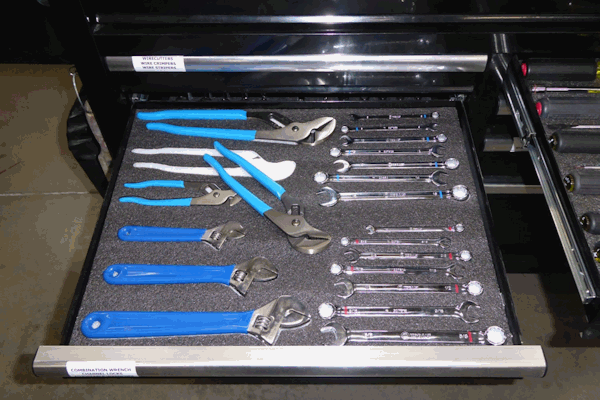
Summary
Changeovers are everywhere.
There is no value-add when you are not producing a product or providing a service.
But, there is great news for all. You do not need to reinvent the wheel – there is a systematic 6 step program for reducing changeover time.
Follow the path paved by Shigeo Shingo and you can cut changeover time by 90% or more!

Mike Sheahan is on the Board of Advisors for Transformance Advisors and is also President Emeritus of the ISCEA International Standards Board. He is a former president of the Association for Supply Chain Management and a well-recognized leader in the field.
Mike is instrumental in helping Transformance Advisors define and maintain the body of knowledge associated with each of our certification programs and the other credentials we offer. His experience spans top-tier companies such as ABB, Caterpillar, and ConAgra where he helped them with technology assessments, project management, and supply chain improvement initiatives.
Beyond work, Mike enjoys international travel, exploring national parks, and supporting micro-breweries.
What is OEE?
5 Horrors of Lean
Does Safety Begin With S?
What is Lean Transformation?
What is Value Stream Mapping?
Subscribe to our newsletter
References
Quick Changeover for Operators: The SMED System by Shigeo Shingo
Organizational Improvement Acronyms by Transformance Advisors
Organizational Improvement Definitions by Transformance Advisors

